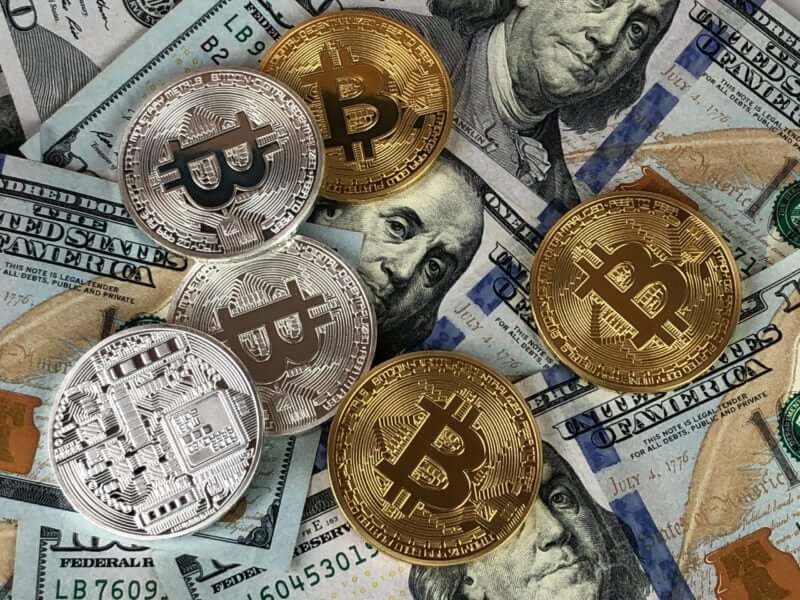When did you first realize the momentum of cryptocurrency in the mainstream? Perhaps you’re among the nearly 300 million global owners of cryptocurrency. For many Americans, the realization arrived with the flood of Super Bowl commercials at the start of this year. Or maybe, you’ve noticed that your bank is adopting crypto all of a sudden.
If you’re thinking, “I thought traditional banks had doubts about crypto,” you’re not alone. But the landscape has changed as the crypto surge continues, and there’s no sign of slowing down. Why the (seemingly) sudden change? Let’s look back at the banking and finance industry’s views on crypto, how banks have evolved, and where we are today.
History of banking and cryptocurrency
It has not been an easy onramp for digital currencies in the traditional banking world. Whether seen as a threat or as a means of nefarious activities, traditional banks and bankers have had strong resistance to the growing cryptocurrency market.
“Cryptocurrency has no intrinsic value,” said Jamie Dimon, CEO of JPMorgan Chase, calling it “a little bit of fool’s gold” in 2014. He also called Bitcoin “a fraud” in 2017.
Brian Moynihan, Bank of America’s Chief Executive, barred wealth managers from putting any client money into crypto-related investments in 2019.
But later in 2019, JPMorgan Chase, the largest bank in the US, made history as the first global bank to announce they were designing a network for instant payments based on their very own digital currency, the JPM Coin. In 2021 they went even further, opening up access to multiple funds that give their clients access to the cryptocurrency market.
JPM is not alone. US Bank, Wells Fargo, BNY Mellon and others are now offering support for cryptocurrencies to their clients.
Why are banks supporting it now?
In short, cryptocurrency has become too popular and too powerful for the banks to ignore. The 300 million global users are up 178% from the start of 2021, and some analysts predict one billion users by the end of this year.
Traditional banking is now in catchup mode, with cryptocurrency adoption hitting an all time high in 2021, with a market value of $3 trillion (up from $12 billion five years ago). The banks see $3 trillion invested in cryptocurrencies, which is money that previously might have been with their institutions. That has their attention.
Major moves are happening at the government level as well. El Salvador has adopted Bitcoin as legal tender, and just this month Joe Biden issued a Presidential Order ensuring the responsible development of digital assets. This executive order could push regulators to provide the framework needed for digital currencies to go mainstream. To ensure they don’t suffer the fate of Blockbuster, traditional banks are racing to adopt their own cryptocurrency strategies.
Many have looked at the rise of cryptocurrency as the adoption of the payment system that the internet forgot. When the internet was being built, no one believed people would be executing monetary transactions. The adoption rate of cryptocurrency is very much in step with the growth rate of the internet. The seemingly unstoppable tide of cryptocurrency will have traditional banks and fintech companies racing for their place in its future.



